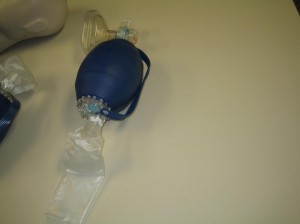
Offering the best quality training programs for Advanced Cardiac Life Support, our providers are located all over the country in six cities. You can sign up for training at any of our providers in Las Vegas, Los Angeles, Honolulu, Seattle, San Francisco, and Portland. Enrolment can be completed in the provider websites using the online form, e-mails, and telephone calls. Walk-ins or signing up in person is also an available option.
Certificates / training credentials
Training credentials are valid for two years all over the US. Before the credentials expire, they can be renewed through re-certification. Re-certification is available for three out of five training programs at out providers. In the case that a certificate expires before renewal, the rescuer has to retake the training program instead of a re-certification class.
Remember: Expired certification cannot be renewed.
Overview on ACLS training
Advanced Cardiac Life Support runs for a total of 16 hours. It is completed over two days. ACLS training is one of two Advanced Life Support (ALS) programs. Compared to BLS programs that focus on stabilizing a victim before medical help arrives, ALS programs focus on the medical management in a clinical setting such as a hospital. Medical management involves the use of equipment and medication, typically found a crash cart.
A crash cart is a movable set of drawers or cabinets with all the equipment (bag valve masks, ET tubes, manual defibrillators, oxygen support devices) and medication (epinephrine) used to manage cardiac arrest. Trainees are likewise taught how to use an ECG and analyze ECG tracing. First aid for common injuries like bleeding, broken bones, and choking is also part of ACLS training.
Re-certification is five to six hours long for ACLS.
Cardiopulmonary resuscitation

CPR is a set of maneuvers used to try and restart the heart. Cardiac arrest happens when the heart cannot pump blood to the rest of the body; this can be due to a stroke or a heart attack. If the heart does not work, oxygenated blood cannot reach the major organs and can causes multi-organ failure, with brain affected the most.
To get the heart to pump blood during cardiac arrest, chest compressions and rescue breaths are used in a ration of 30:2. Two hands are placed in the center of the chest and 30 compressions are given hard and fast. The chest has to be depressed by at least two inches and allowed to recoil before the next compression is given.
After 30 compressions, the head is tilted back and the jaw thrust down to prepare for rescue breaths. Two rescue breaths are given before chest compressions are started again. This is repeated until the spontaneous circulation of blood is restored.
Other programs
Other training programs are:
- Heartsaver CPR/AED – 4 hours, BLS
- Heartsaver CPR/AED (C) – 4.5 hours, BLS
- Basic Life Support for HCPs – 4.5 hours, BLS
- Pediatric Advanced Life Support – 14 hours over 2 days, ALS
